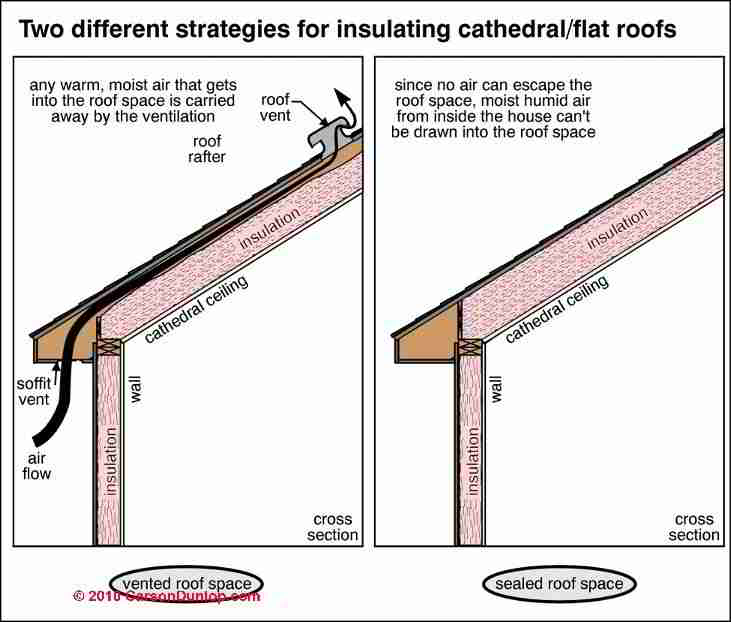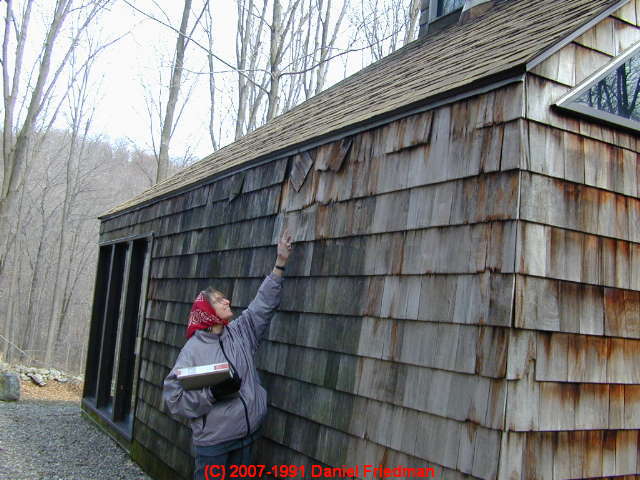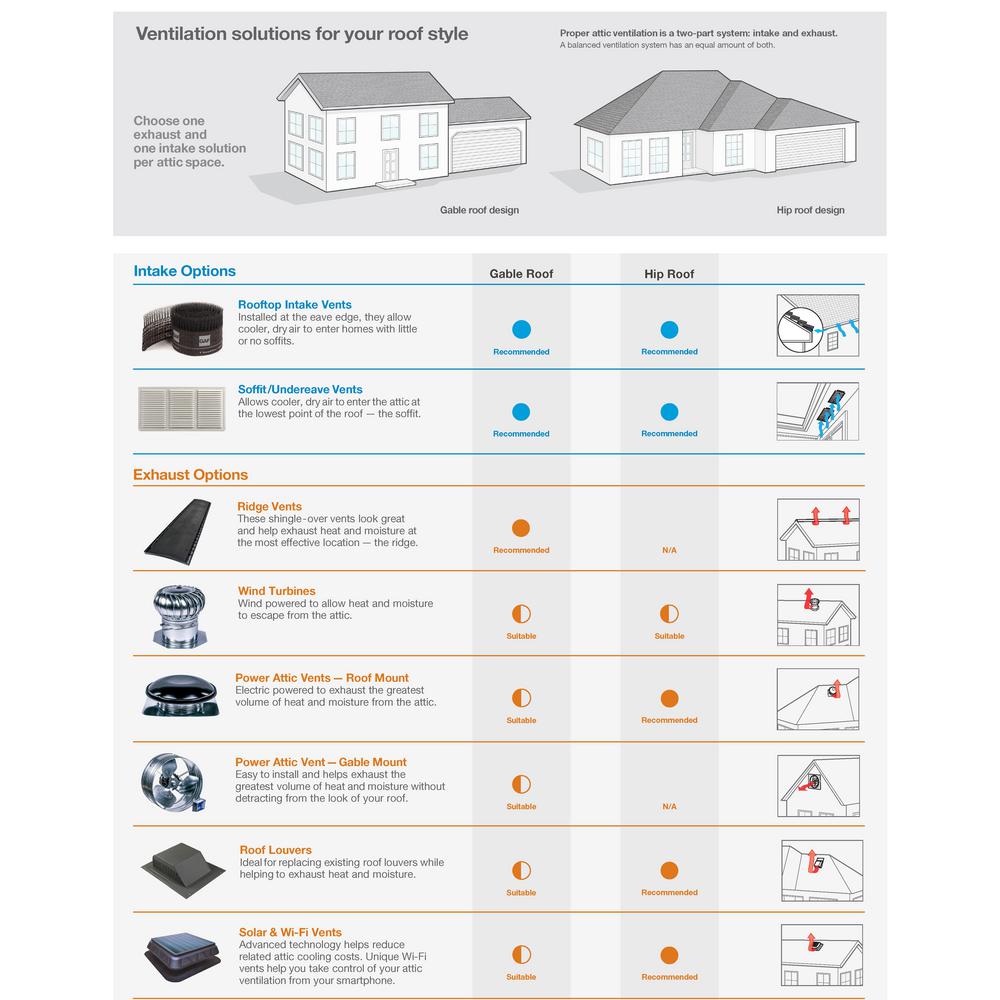When the attic becomes part of the home to be heated and cooled open wall gable vents and roof vents are no longer feasible but the underside of the roof the sheathing and rafters can still.
Home ventilation no roof space.
If your attic isn t ventilated well that humid moist air will build up in the attic space and can cause mold to grow.
If you see dampness or frost you need better roof ventilation and some attic vents.
Grab a flashlight and inspect your attic during the winter.
Gable vents may circulate air through only a small percentage of your attic.
Therefore whole house fans are best suited for open well vented attics.
No roof space this system takes air from outside and using a fresh air heater dehumidifier pushes warm dry air through the house which raises the air pressure slightly pushing out moist air which causes dampness and condensation.
Roof ridge vents are placed along the ridge line of the roof.
A combination of air sealing and insulating the attic floor while providing ventilation considerably reduces the potential for condensation as warm moist air is less likely to enter the space and condense on cold surfaces.
For the best results place roof ventilation near the roof s peak and soffit vents in the eaves.
Ventilating a home with no roof cavity a flat roof or a skillion roof design is something that should be planned prior to building and should involve a ventilation specialist and the architect who both understand each others point of view and the needs of the client.
Without baffles blinders that prevent outside air from crossing over the vent a ridge vent may create almost no ventilation at all.
Warm air that escapes living space also carries moisture that will condense on rafters or roof sheathing.
Soffit vents and eaves are placed at the lower extremes of the roof and provide the intake ventilation.
Without proper ventilation the temperature of your space can be intensely different than the roof temperature leading to failure of the roof system.





























